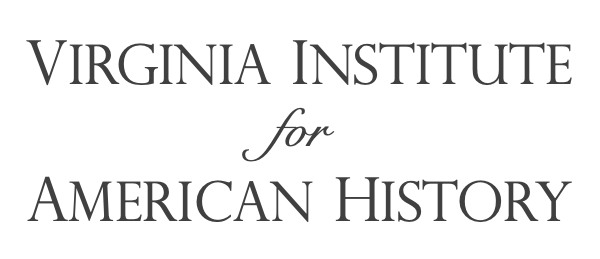In the
morning hours of Sunday, December 7, 1941, the Japanese launched a surprise air attack
on the U.S. Naval Base at Pearl Harbor near Honolulu, Hawaii (located on the
south side of the Hawaiian island of Oahu). The first wave of Japanese
planes reached the U.S. Naval Station at 7:55 a.m
Almost two
weeks before the strike, on November 26, 1941, the Japanese attack force, led
by Vice Admiral Chuichi Nagumo, left Etorofu Island in the Kurils (located
northeast of Japan) on its 3,000-mile journey across the Pacific Ocean with an
armada of six aircraft carriers, nine destroyers, two battleships, two heavy
cruisers, one light cruiser, and three submarines.
At 6:00 a.m.
on December 7th, the Japanese aircraft carriers began launching
their planes amid rough sea. In total, 183 Japanese aircraft took to the air as
part of the first wave of the attack on Pearl Harbor. At 7:15 a.m., the
Japanese aircraft carriers, plagued by even rougher seas, launched 167
additional planes to participate in the second wave of the attack on Pearl
Harbor.
That Sunday
morning, U.S. military personnel at Pearl Harbor were either still asleep, in
mess halls eating breakfast, or getting ready for church. They were completely
unaware that an attack was imminent.
Just before the first bombs dropped on Pearl Harbor, Commander Mitsuo
Fuchida, leader of the air attack, called out, "Tora! Tora! Tora!"
("Tiger! Tiger! Tiger!"), a coded message which told the entire
Japanese navy that they had caught the Americans totally by surprise.
The Japanese
onslaught lasted just two hours, but it was devastating. They had been
hoping to catch U.S. aircraft carriers at Pearl Harbor, but the aircraft
carriers were out to sea that day. The next major important naval targets were
the battleships. As their planes approached, there were eight U.S. battleships at Pearl
Harbor, seven of which were lined up at what was called Battleship Row and one (the Pennsylvania)
was in dry dock for repairs (the Colorado, the only other battleship of
the U.S.'s Pacific fleet, was not at Pearl Harbor). One of the eight, the Arizona, was struck a number
of times by bombs. One of these bombs, thought to have hit the forward
magazine, caused a massive explosion, which quickly sank the vessel.
Approximately 1,100 of her crew were killed and drowned. Including the eight
battleships, enemy bombs and torpedoes destroyed nearly twenty American naval
vessels and almost two hundred aircraft. In total, more than 2,400 American soldiers and sailors died
in the attack, and another 1,000 were wounded.
The day
after the assault, President Franklin D. Roosevelt asked Congress to declare
war on Japan. In his speech he said,
“Yesterday,
December 7th, 1941 -- a date which will
live in infamy -- the United States of America was suddenly and
deliberately attacked by naval and air forces of the Empire of Japan….No matter
how long it may take us to overcome this premeditated invasion, the American
people in their righteous might will win through to absolute victory…With
confidence in our armed forces, with the unbounding determination of our
people, we will gain the inevitable triumph -- so help us God.”
Congress
approved the President’s pronouncement with just one dissenting vote. Three days later, Japanese allies
Germany and Italy also declared war on the United States. America had been thrust into World War
II.
___________________________________


No comments:
Post a Comment